
Although demurrage and storage charges are two of the major expenditures in international shipping per the shipping contract , it is often not well understood. Not dealing with these costs effectively can make global trade very expensive which is why businesses involved in such transactions should understand them well.
Understanding Demurrage in Simple Terms
Shipping lines apply demurrage if containers are not collected within the time that was agreed, which is crucial to calculate demurrage and the demurrage rate accurately. . You can consider it an extra charge for using the container after your rental ends. Shipping lines will give you containers when you import or export goods for a time ranging between 3 and 14 days which depends on your destination and the conditions of your purchase.
As soon as it is no longer free, you are charged demurrage every day the container is held at the terminal and this ends when the container is returned empty to the depot. The charges are way for the shipping line to make up for not using the containers and help them maintain an efficient container management system, avoiding additional fees. .
It is mainly used for FCL shipments, in which impoters or exporters get their own special container. Being aware of demurrage is essential to cut down costs and avoid delays and demurrage charges. that might threaten the profits of a business.
Different Types of Demurrage Charges
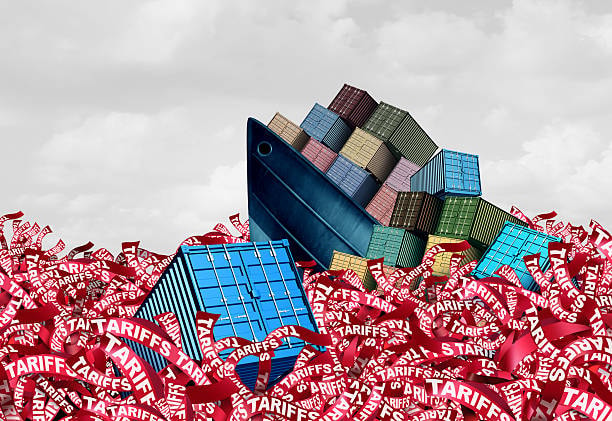
The cost of demurrage depends on what container you use, where you are shipping and what the shipping company’s policy states as part of the charter agreement. . Standard dry containers usually result in less demurrage than specialized containers, like reefers, open-top containers or flat racks, as they are more difficult to get and cost more to replace.
Demurrage at the port happens when containers stay there past the allowed time and off-dock demurrage is if containers at another location are not returned on time. Sometimes, transport companies include weekend and holiday fees and the cost for waiting with your container continues to rise on those days due to limited port space as well..
Sometimes, there are demurrage structures that rise in price every day after a certain point, similar to free day and detention charges. . The first seven days may be charged at $50 per day, the second week at $75 and the price goes up to $100 per day in later weeks. Because of this layout, it is in operators’ interests to return containers more quickly and avoid holding them for a long time.
How Demurrage Differs from Detention
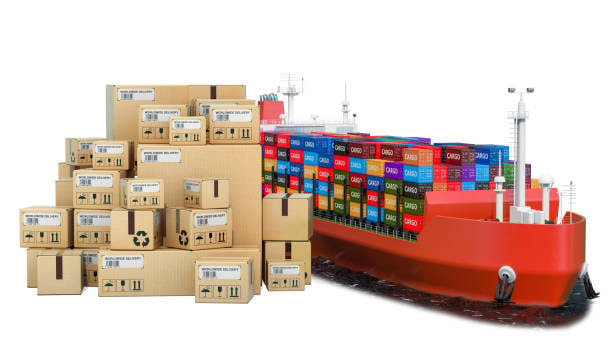
Often, people think demurrage and detention are the same, but they are rather different charges, often referred to as demurrage and detention charges . When a full container is not collected from the port or terminal before its free time is up, demurrage charges apply due to late receipt, regardless if unloading transpired.. When a container is kept at the port past the permitted time, demurrage charges will be applied.
Detention happens when empty containers are kept at the port after cargo has been discharged beyond the time agreed. If you leave the empty container at your warehouse after unloading, you will be charged with detention fees rather than demurrage.
Seeing the difference is necessary for successful logistics planning and managing expenses. Many firms often set aside funds for one charge and end up with extra charges they hadn’t counted in. Both are there to make sure containers move properly, but the circumstances are different along the shipping route.
Calculating Demurrage Costs and Rates
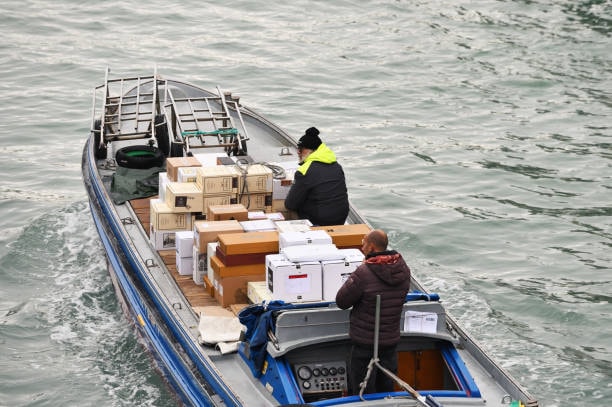
Overdue fees are found by multiplying the daily fee by the number of days the shipment is late. Transportation lines may charge from $25 to $75 daily for a standard 20-foot container and from $50 to $150 for a 40-foot container, based on the shipment’s destination, the carrier and market conditions.
The process starts at midnight after the last day of free time is up. In case your free time ends on Monday and you give the container back on Thursday, you’ll be charged for three additional days, which means you will have to pay demurrage . Fees can be based on hourly calculation for partial days by some carriers and others use full day rates even for a portion of the trip.
Since specialized containers are not available as much and cost more to replace, they come with higher demurrage rates. Refrigerated shipping containers might charge daily for between $100 and $300, whereas flat racks and open-tops can cost $200-500 daily. The rates are high because the equipment is difficult to find and designed specially.
Common Causes of Demurrage Charges

Many times, delays in shipping paperwork lead to the imposition of demurrage costs. If import documents such as commercial invoices, packing lists or certificates of origin, are missing or incorrect, customs clearance and container release will be delayed. Even though customs examinations are sometimes required, they may end up extending how much time a container stays at a facility.
It is common for containers to have to wait a long time at ports when warehouses are full during the busy holiday seasons. If planning for cargo is not done properly such as a shortage of trucks or labor force, it typically leads to extra time spent on holding the containers.
Not being able to pay duties, taxes or other bills in time leads to container being held and accruing more costs daily. Issues such as too many ships at the port or fewer hours for picking up containers might result in demurrage charges. Being aware of common threats allows companies to protect themselves and have plans for unexpected developments.
Strategies to Avoid Demurrage Fees
Producing documentation ahead of time greatly lowers the chances of demurrage. Check that all documents needed are correct, fully filled out and submitted early before the cargo reaches your business. Work with experienced customs brokers who can handle clearance fast and catch problems when they are still easy to solve.
Make sure to set up powerful arrival and tracking systems for continuous monitoring of containers. Many companies in the container shipping industry give clients tools to check where containers are and receive notifications when the free time period ends.
Collaborate closely with your partners in the industry for smooth pickups and returns of the containers. Always have a back-up mode of transportation in case the regular one is unable to operate during peak seasons or if things go wrong. Try consolidating the times when pickups are scheduled when there is a high volume to save time for each container and increase efficiency.
Use online services that allow submission of your customs documents early in the United States or in other countries. You can use these programs to submit documents in advance, helping the cargo be released quickly after arrival.
Impact of Demurrage on Supply Chain Costs
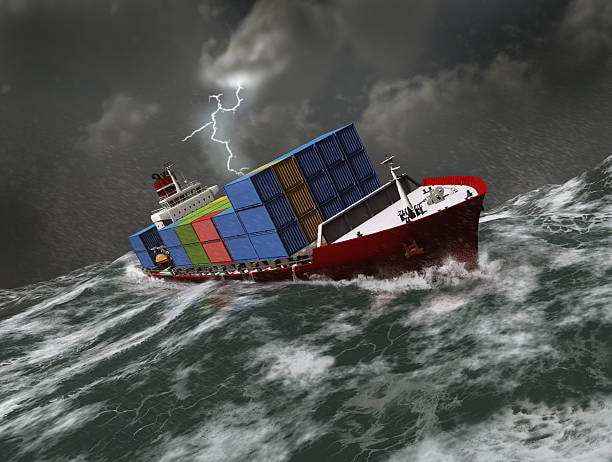
If not taken care of, demurrage can cost businesses 5-15% of what they spend on shipping, especially during labor shortages, which affects their logistics costs. in a noticeable way. Fees for using terminals, depots and other transport assets unexpectedly can wipe out a business’s earnings, so tight control over expenses is vital for their sustainability.
Demurrage not only costs money, but also makes it harder to organize cash flow and compute predictable budgets. Added costs that weren’t budgeted for can tie up working capital, mess up the business’s financial planning and be a bigger challenge for small and medium businesses.
Permitted stay issues that keep happening may cause difficulties with your shipping lines and possibly impact the services and rates you get in the future. Frequent credit issues may result in carriers labeling customers as high-risk and applying limits to their services or cut back the terms of their contracts. If you work closely with carriers, you will get only the best rates and the most dependable service.
Global Variations in Demurrage Policies
The guidelines for demurrage are not the same everywhere you travel, largely influenced by local port regulations . Ports in Europe usually allow less time off in between jobs (around 3-5 days), yet they tend to be more lenient on weekends and during holidays. Many Asian ports offer a longer free zone (ranging from 7 to 14 days) but ask a lot from those who go past this time.
In general, US ports use practices set by the Federal Maritime Commission, yet it is the individual carriers who can change particular terms. Slow customs and some technical issues may result in longer free time periods for ports in the Middle East and Africa.
How a trade lane is set up can affect the rules for demurrage. High-volume transport systems may allow busiers more free time, but other services with fewer services may not be so flexible as they require faster equipment rotation. Noticing local differences allows businesses to manage plans well and achieve improved negotiation results.
Legal Aspects and Dispute Resolution
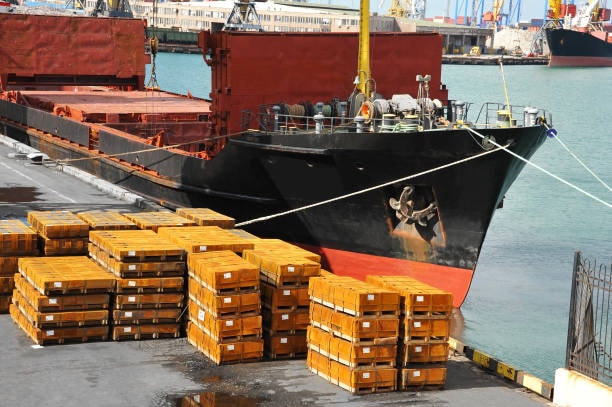
Many freight agreements, bills of lading and regulations refer to demurrage as an obligation to be followed. Free days, charges and how to calculate everything are clearly outlined in these documents. Unresolved problems most often happen when documents are not carefully written or when people are confused by important terms.
Precise documentation of all factors that resulted in delays, including problems caused by force majeure, delays by the carrier or errors in the paperwork, is necessary for resolving a dispute successfully. Customers can dispute their bill when they have proper evidence.
In case informal resolution is not successful, you can use maritime law or conduct commercial arbitration for resolution. Because lawsuits usually require a lot of time and money, taking preventive action and reaching an agreement early is generally better. Having organized records and effective communication plays a big role in settling disputes promptly.
Technology Solutions for Demurrage Management
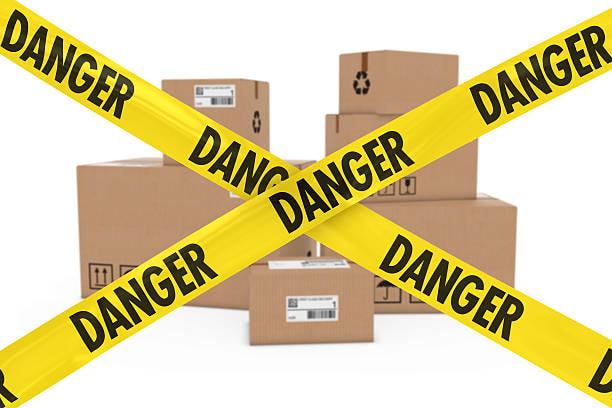
The current technology available for logistics can help with avoiding and managing demurrage, particularly how shipping lines charge fees allotted free time. These platforms help you see where your containers are, get updates and receive warnings whenever the deadlines for container usage are getting close port authorities.
The system can deliver an alert about approaching free time to users on their email, their phones or mobile apps. Such systems are built to work with ERP systems to make sure the relevant teams stay informed in real time container remains.
With these tools, recent and past patterns are examined to see any chance of delays and suitable actions are suggested. High-risk shipments can be identified by machine learning because of details such as where they come from and go to, the type of goods and whether it is a peak period port terminal.
Customs clearance is made easier using digital documentation platforms that make it possible to submit and follow paperwork online. As a result, tasks are completed sooner and errors made by employees are avoided.
Best Practices for Freight Forwarders

Catch up with freight forwarders as they bring all the involved parties together and keep all parties informed during the shipping process. Standard rules for documentation, clearance at customs and container handling permit the company to deliver services in a uniform way demurrage fee.
On a regular basis, training staff ensures they know about new regulations, carrier guidelines and good practices avoid demurrage charges. Forwarders ought to know the latest customs processes, how ports function and what carriers expect on every trade lane they handle.
Good relations with carriers, customs brokers, trucking companies and warehouse operators make things simpler and allow problems to be addressed quickly. Freight forwarders can offer their clients a full range of services and protect them from demurrage problems using trustworthy partner networks container arrives.
Industry Trends and Future Outlook
Demurrage management is being restored with the help of blockchain, AI and IoT technologies. These smart containers have sensors to show the location, check the condition and send automatic updates as cargo is shipped while moving freight. container yard.
With blockchain, companies have reliable records and automatic contracts that launch necessary actions and payments when the correct conditions are met paying demurrage. They cut down on the amount of manual work needed and also make it possible to inspect and confirm the true content of any transaction.
Ports and carriers are introducing new demurrage policies because of rising environmental concerns. Incentives for saving resources and saving time may be found in green shipping and otherwise, labor and fuel used while waiting for containers may be billed.
Phần kết luận
Handling demurrage costs is a key issue in international shipping and therefore needs to be carefully managed storage fees. Clear written guidelines, clear communication with everyone concerned and the use of technology allow businesses to keep dodging such extra costs and avoid additional fees. and maintain effective overall supply operations demurrage charge.


Thank you for reading!
Have questions, corrections, or better ideas? We’d love to hear from you!
We value every piece of feedback and promise to reply within 24 hours. Let's make this guide better together!
Note: Spam comments will not be published.